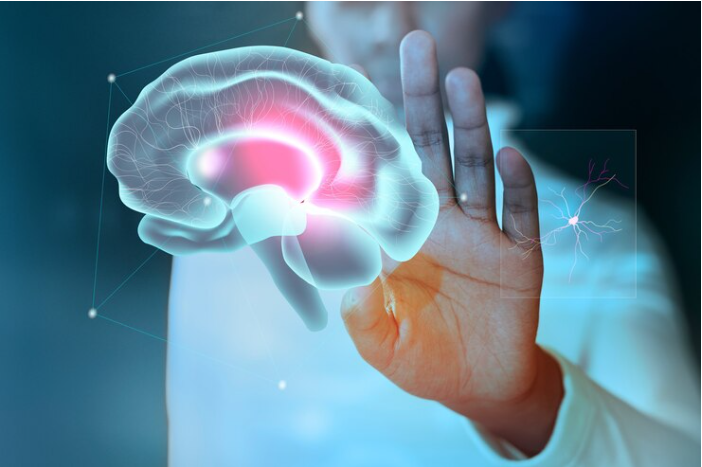In the realm of mental health treatment, innovative techniques are constantly emerging to address the diverse and often complex needs of individuals battling conditions like severe depression, anxiety, OCD, ADHD, and PTSD. One such cutting-edge therapy gaining attention is neurofeedback, which complements traditional treatments, like Transcranial Magnetic Stimulation (TMS), for treatment-resistant depression. This article delves into the world of neurofeedback, explaining what it is and how it can offer hope to those seeking relief from these challenging conditions.

What is Neurofeedback?
Neurofeedback, also known as EEG biofeedback, is a non-invasive technique that involves real-time monitoring and regulating of brain activity. This process helps individuals learn how to self-regulate their brain function, which can be invaluable for those with mood disorders and neurological conditions. The core of neurofeedback lies in the understanding that the brain can be rewired and retrained, much like a muscle. By providing feedback to individuals about their brainwave patterns, neurofeedback enables them to gain control over their mental states and emotions.
The Neurofeedback Process
The neurofeedback process begins with the placement of sensors on the scalp to record brainwave activity. The individual then engages in various cognitive exercises, often in the form of video games, that are controlled by their brain activity. When the individual’s brainwaves are within the desired range, they are rewarded through the progression of the game. Over time, the brain associates this reward with the desired brainwave pattern, promoting self-regulation.
A Complement to TMS for Treatment-Resistant Depression
For individuals struggling with treatment-resistant depression, neurofeedback can be a complementary approach alongside TMS therapy. TMS, a non-invasive procedure that uses magnetic fields to stimulate specific regions of the brain, can provide relief for those who haven’t responded to traditional treatments. When neurofeedback is integrated into the treatment plan, it further enhances the patient’s ability to manage their mental health by allowing them to regulate their emotional states, potentially reducing the severity and frequency of depressive episodes.
Conclusion
Neurofeedback is a promising addition to the toolbox of therapies available to those dealing with severe depression, anxiety, OCD, ADHD, and PTSD. Its ability to empower individuals to self-regulate their brain activity offers hope for those who have not found relief through conventional treatments alone. When combined with TMS therapy, neurofeedback can provide a holistic approach to mental health, helping individuals regain control over their lives and find a path to recovery. For individuals facing the daily challenges of these conditions, neurofeedback represents a ray of hope in the often cloudy landscape of mental health treatment.













